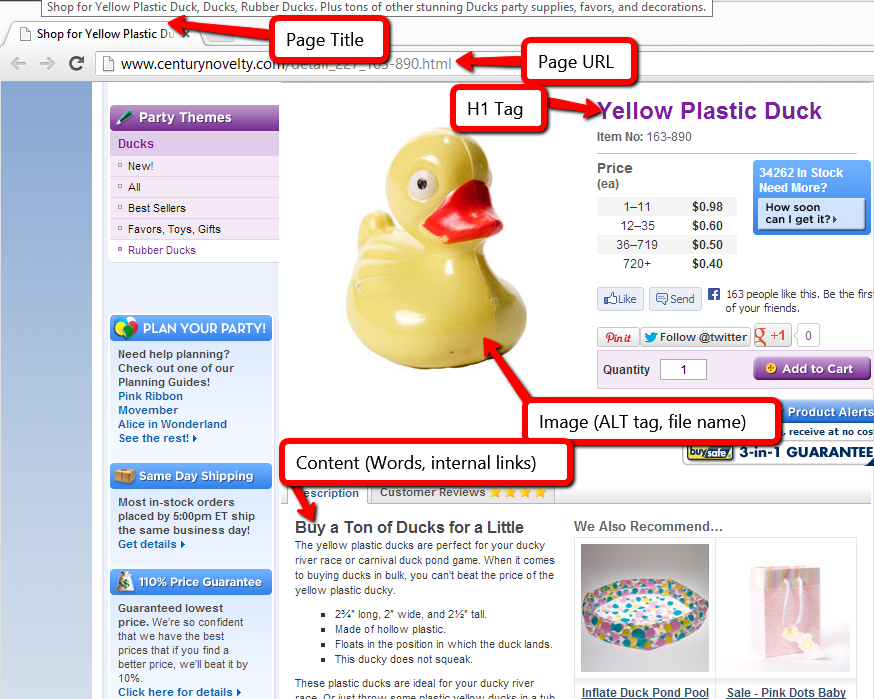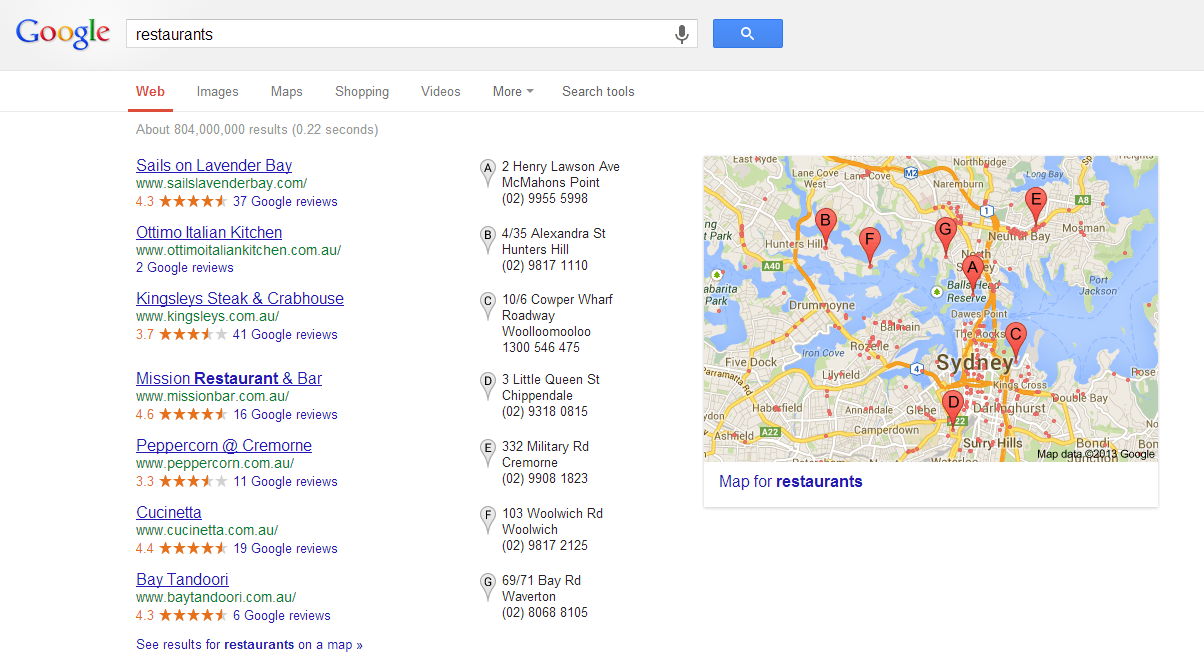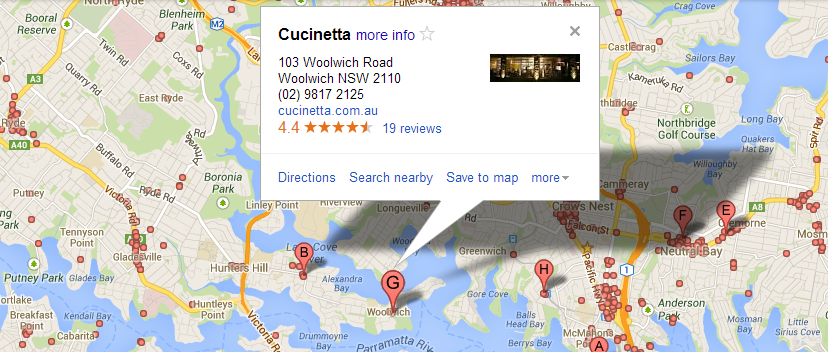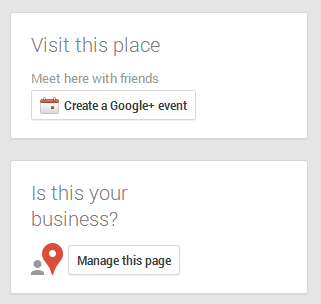Everybody with a website wants to be Google’s #1 pal, it seems. The trouble is that search engine optimisation has a lot of moving parts that can seem overwhelming for a webmaster or business owner that isn’t well-versed, especially when you hear statistics about Google using over 200 different factors to rank pages.
What you don’t hear is that most of those factors aren’t given a significant amount of weight for the typical search result. As you may already know, the “Pareto Principle” suggests that 20 percent of the inputs are responsible for 80 percent of the outcomes. My experience suggests that in SEO, that ratio may be even more lopsided. Small changes often yield big gains.
But First… Why Does One Website Rank Higher Than Another?
The first thing to know is that Google doesn’t rank a whole website over another one. It ranks a specific page. It determines whether one page on a website should rank higher than a page on another website (or on the same site).
How does it do that? Broadly speaking, it looks to see whether that page is (1) more popular and (2) more relevant for a keyword or keywords somebody has searched for. How does Google determine a web page’s popularity and relevance?
Popularity is determined by how much other web pages across the web reference it. It’s as if there’s a real-life popularity contest happening all the time and a web page’s popularity is determined by which sites link to it. When popular sites link to less popular sites, the less popular sites become more popular. In all, links are determined by their quality, their quantity, and by their anchor text (what the link actually says, if it says something other than the web page address/URL it’s linking to).
Relevancy is determined by how well the content on the web page matches up with what an individual searched for. If I search for “Green and Red Dart Board” and your website has a page with the phrase “Green and Red Dart Board” on it with a picture of a green and red dart board, that’s pretty relevant.
Not surprisingly, most websites share a lot of the same problems. A couple of corrections and you may be well on your way to higher rankings.
1. Use Keywords! Really!
The biggest missed opportunity is when websites don’t actually use the words that the business owner wants to show up for.
You can do keyword research using Google’s Keyword Tool (try to narrow in on terms that are very relevant to your business). This means that if you only sell running shoes, the term “shoes” by itself isn’t actually that relevant because many of those searching for “shoes” are thinking of something other than running shoes. So don’t get distracted by high search volumes you see.
You have multiple places to naturally incorporate keywords you want to show up for on your page, as shown below. (Notice I said naturally. Keyword stuffing is frowned upon.)

In order of importance:
- Page title (~67 character limit)
- Page content (At least 100 words of text)
- Page URL (Include keywords if possible)
- Images (You can optimise both the ALT tag and the actual file name)
- H1 Tag (Keep it short, but descriptive)
In order to be fully optimised, you should try to incorporate your main keyword phrase into each of the on-page components, once each in its exact word order (and in the body content, about once per 100 words). I’m always amazed at how infrequently websites do this.
Don’t forget: if you only sell local, include city or region keywords on your pages.
2. Keep Your Content Unique
The easy way to cancel out all of your hard on-page optimisation work in step 1 is if you borrow paragraphs or even sentences that are already on other websites. Duplicate content is an SEO killer, but many websites have this problem, often in the following cases:
- An ecommerce website just copies and pastes the manufacturer’s product descriptions
- A business website is templatised along with many others, all with the same content (I’ve seen this with florists, car repair websites, etc.).
- A website uses a lot of the same standard text on many of its pages (with only a few lines of unique content to distinguish them).
An easy way to tell whether you have a duplicate content problem is to take a line of text on a page you suspect and search for it in Google with quotes (“”) around it. If multiple sites show up and yours isn’t the first, you have a problem. Your page will never be able to rank those above it without rewriting the content to be unique.
3. Keep Your Pages Close to Home
This is secondary to the content issues above, but making your pages accessible and within a couple clicks of the home page via navigation or internal links is a good signal to Google that those pages are important enough to crawl and rank.
4. Claim and Optimise your Google Plus Local Page
This only applies to local businesses. You know you’re a “local” business in Google’s eyes if a search for your main keywords returns a map and “local listings” like those below.

The algorithm that determines the order of these local results is actually different from Google’s main algorithm. The easiest way to optimise for it is to do the following:
1. Search for your business on Google Maps
2. Click on your business name and click “more info”

3. Scroll down on your Google Plus Local page and click “Manage this page” on the right side.

4. Complete everything you can about your business. This includes as many business categories as you qualify for, business hours, photos, a description of the business, website address etc.
5. Make sure the name, address, and phone number on your local page match your website.
That’s it.
These 4 tactics result in most of the gains in SEO. It sounds downright easy when you look at it, doesn’t it? The 80/20 Rule is alive and well in SEO. Granted there are many other elements that come into play in more competitive industries, but when none of your competitors are thinking about their web presence, these may be all you need!
